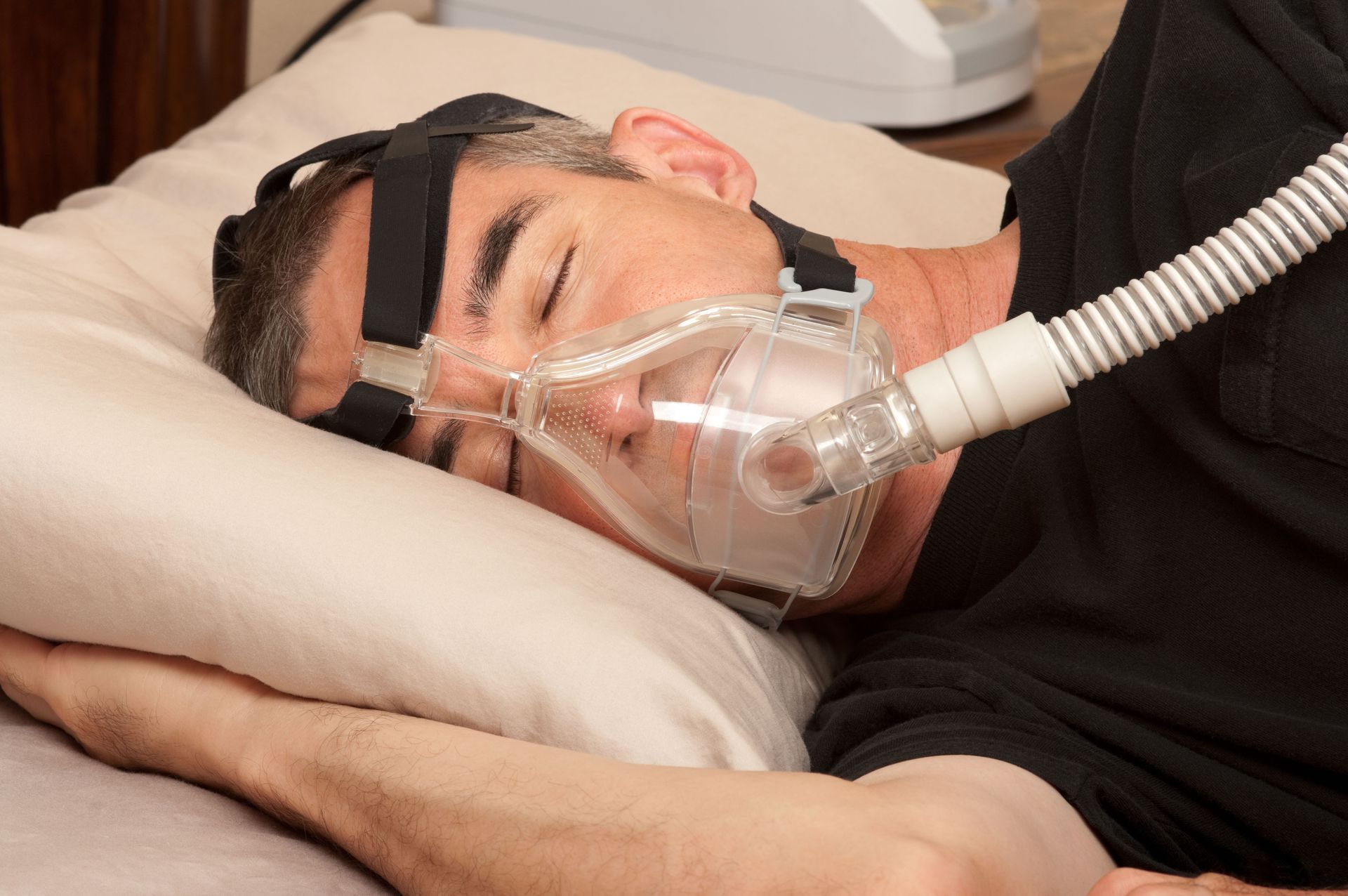What Is Sleep Apnea?
Sleep apnea is a common yet serious sleep disorder that affects millions of people worldwide. Characterized by interruptions in breathing during sleep, it can lead to a variety of health complications if left untreated. Despite its prevalence, many individuals remain undiagnosed, often mistaking symptoms like loud snoring or excessive daytime drowsiness as benign inconveniences rather than signs of a deeper issue. Understanding sleep apnea is crucial, as timely diagnosis and treatment can significantly improve quality of life.
Types of Sleep Apnea
There are three primary types of sleep apnea: obstructive sleep apnea (OSA), central sleep apnea (CSA), and complex sleep apnea syndrome. OSA, the most common form, occurs when the throat muscles excessively relax, leading to blocked airways. According to the National Council on Aging, approximately 39 million U.S. adults have obstructive sleep apnea, highlighting the importance of awareness and treatment potential. Central sleep apnea, by contrast, is characterized by the brain's failure to send proper signals to the muscles that control breathing, while complex sleep apnea syndrome is a combination of both OSA and CSA.
Common Symptoms of Sleep Apnea
Common symptoms of sleep apnea include loud snoring, gasping for air during sleep, and waking up with a dry mouth or sore throat. Individuals may also experience difficulties with concentration, mood changes, and engaging in everyday tasks due to persistent tiredness. If sleep apnea is left unchecked, it could lead to serious health problems, like hypertension, heart disease, and type 2 diabetes. Consulting with a healthcare provider and undergoing a sleep study can help confirm a diagnosis, setting the stage for effective sleep apnea treatment.
Treatment Options for Sleep Apnea
Various treatments exist for sleep apnea, tailored to each individual's specific needs. Continuous positive airway pressure (CPAP) therapy is often prescribed for OSA, as it keeps the airways open by providing a constant stream of air through a mask. Lifestyle changes, such as losing weight, avoiding alcohol, and sleeping on one's side, can also significantly mitigate symptoms. In some cases, surgery might be necessary to remove excess tissue obstructing the airway, especially if less invasive treatments prove ineffective. Sleep apnea treatment options are vast, so it’s important to consult with a healthcare professional to find the best solution.
Preventing Long-Term Health Effects
Understanding sleep apnea's impact and symptoms is essential for both individuals and their loved ones. Early detection and intervention can prevent the disorder from escalating into more severe health issues. By recognizing the symptoms and seeking appropriate care, individuals with sleep apnea can lead healthier, more restful lives. With increased awareness and improved diagnostic procedures, there is hope that many more will find relief from this sleep disorder.
If you or a loved one is struggling with sleep apnea, don't wait to seek help. Dream Sleep Apnea Therapeutics offers personalized solutions to address your needs and improve your sleep quality. Contact us today for more information on the most effective sleep apnea treatment options and start your journey to better rest.
serving Area
Erie, PA
Cleveland, OH
Pittsburgh, PA
Youngstown, OH
Business Hours
- Mon - Thu
- -
- Fri - Sun
- Closed


Share On: